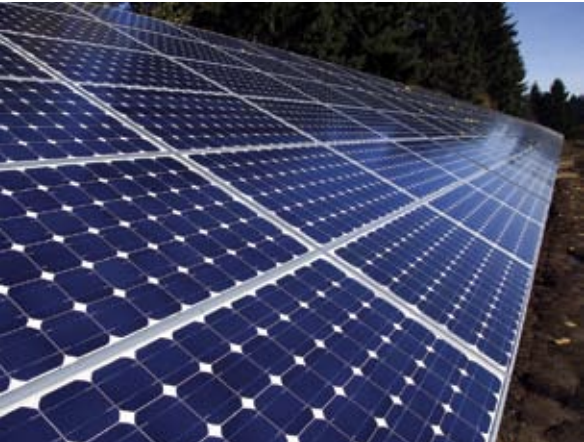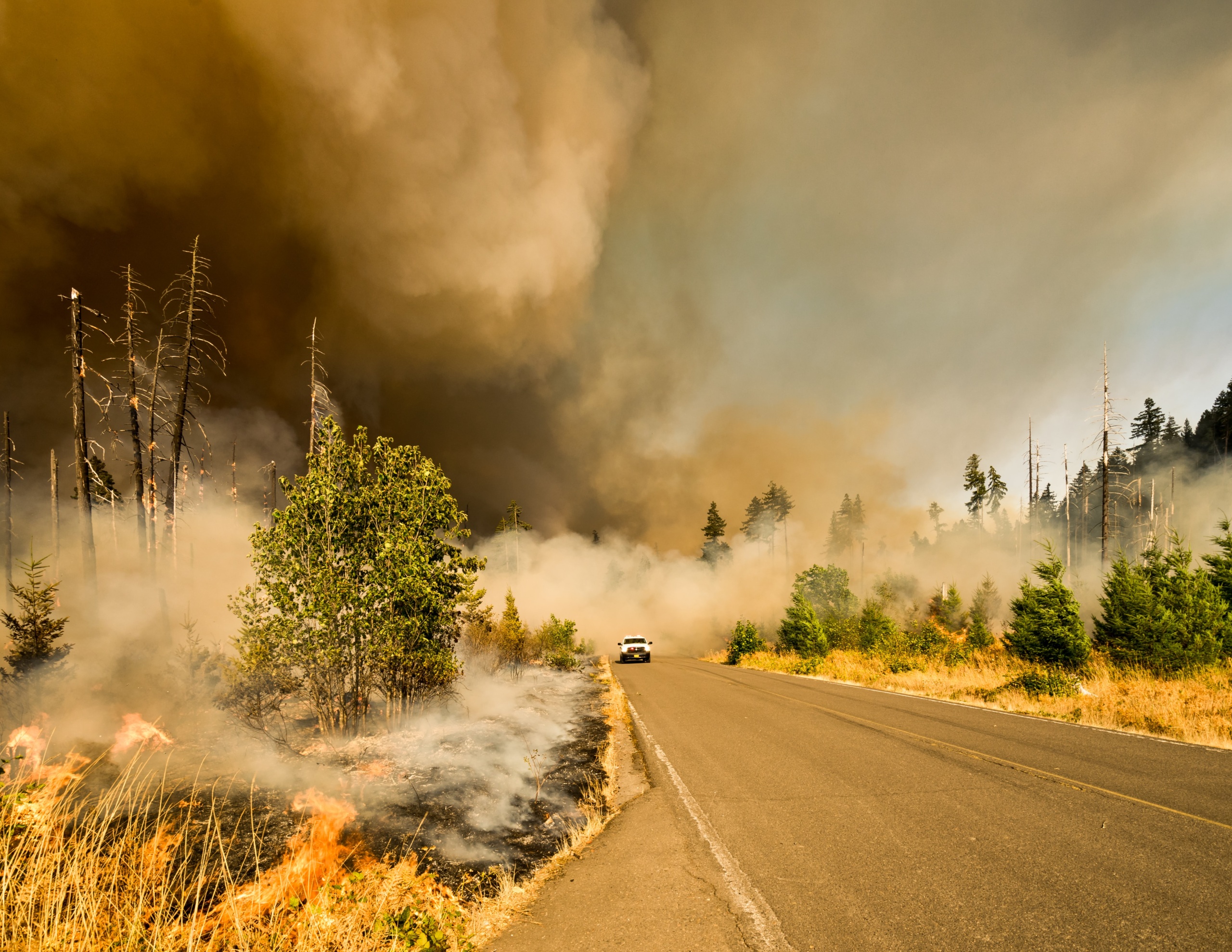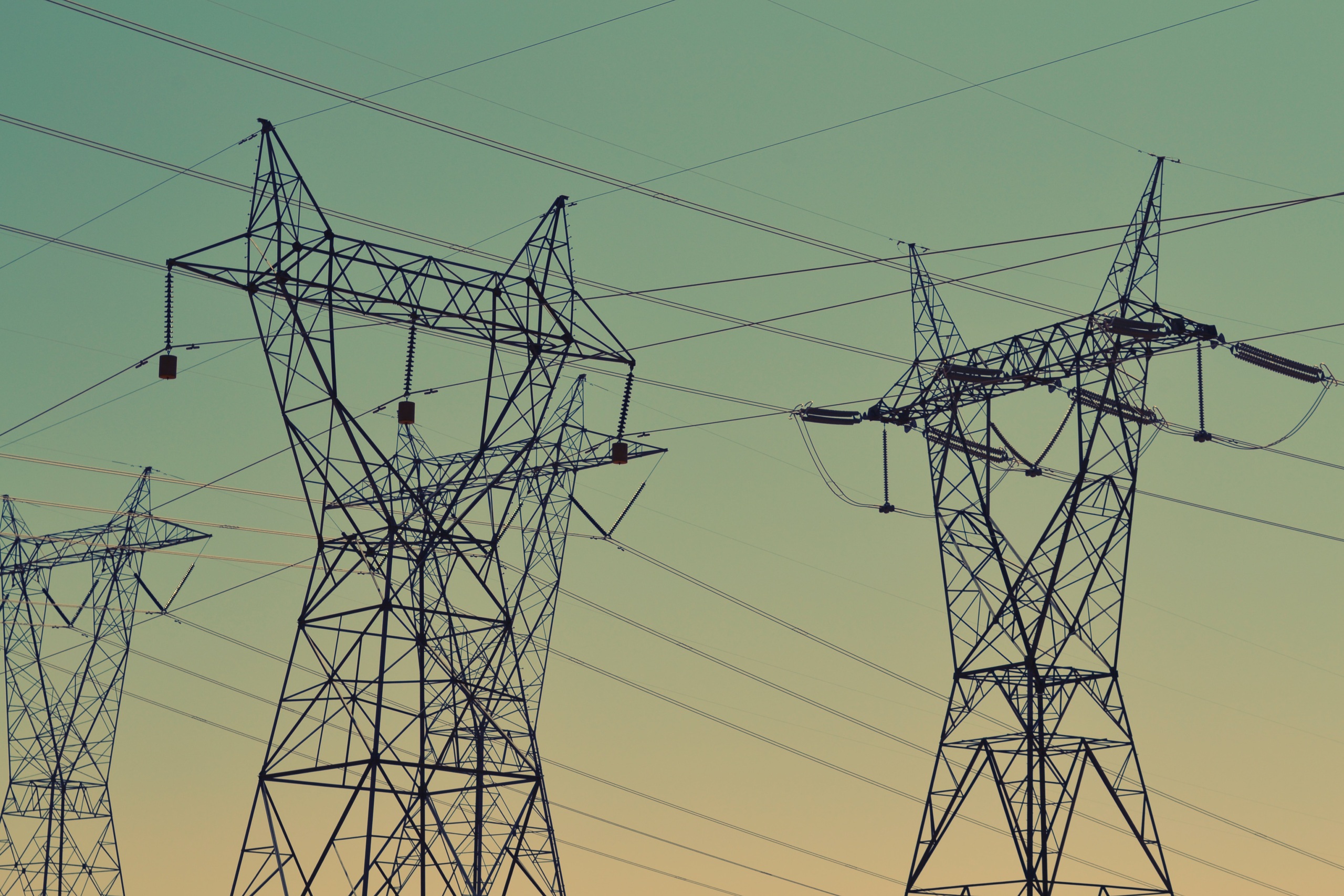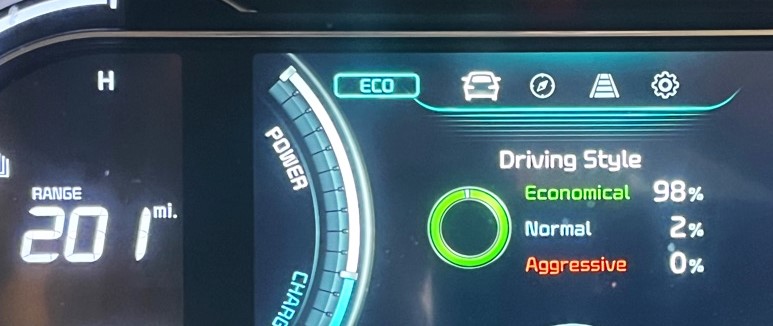
Global Warming Solutions: A Progress Report
Oregon has already taken several major steps to cut its global warming pollution, but opportunities to further reduce emissions remain. Global Warming Solutions: A Progress Report summarizes the state of the science and the necessary scope of pollution reductions. It then provides a progress report on Oregon’s work to reduce global warming pollution by detailing the expected pollution reductions from policies that Oregon has already adopted, and, finally, identifies six additional policies that would enable Oregon to meet its pollution reduction goals for 2020.

Downloads
Global warming poses a serious threat to Oregon’s future well-being and prosperity. To avoid the worst impacts of global warming, Oregon should reduce its global warming pollution at least 25 percent by 2020 and 80 percent by 2050, setting an example for the rest of the nation to follow.
Fortunately, many technologies and policy tools exist that could substantially reduce Oregon’s contribution to global warming, while moving the state toward a clean, secure energy future. Oregon has already taken several major steps to cut its global warming pollution, but opportunities to further reduce emissions remain.
This report summarizes the state of the science and the necessary scope of pollution reductions. It then provides a progress report on Oregon’s work to reduce global warming pollution by detailing the expected pollution reductions from policies that Oregon has already adopted, and, finally, identifies six additional policies that would enable Oregon to meet its pollution reduction goals for 2020.
Global warming is happening now and poses a serious threat to Oregon’s future. Global average temperatures increased by more than 1.4° F in the past century. Sea level is rising, ice and snow cover are decreasing, and storm intensity has increased. Scientists have tied this warming to human activity, particularly the burning of fossil fuels, which releases carbon dioxide, a pollutant that traps radiation from the sun near the earth’s surface. Since 1750, the concentration of carbon dioxide in the atmosphere has increased by 35 percent, reaching the highest level of the last 650,000 years.
The current warming has already affected the Earth’s climate. Sea level has been rising, storms are becoming more severe, and spring events have been occurring earlier in the year. In Oregon, scientists have linked global warming to shrinking glaciers and declining spring snowpack, a primary source of river water that supplies communities with drinking water and farmers with irrigation. Oregon has also experienced more frequent and severe forest fires.
Scientists estimate that world average temperatures could increase by another 3 to 7° F above late 20th century levels by the end of this century, depending on future emissions of global warming pollutants. Sea level could rise by between 11 and 17 inches, and possibly more, threatening low-lying coastal areas. Rising temperatures and shifting patterns of precipitation could disrupt the ecological balance upon which life depends. In Oregon, higher temperatures would increase wintertime flooding and erosion, further reduce snowpack, increase forest fires, and threaten salmon survival.
Emissions of global warming pollution rose in Oregon until at least 2005. Between 1990 and 2005, Oregon’s emissions of carbon dioxide from energy use increased by 23 percent. Electricity consumption and transportation are the biggest sources of carbon dioxide pollution in the state (with a 41 percent and 40 percent share, respectively), followed by the direct use of fossil fuels in industry (11 percent), homes (5 percent) and businesses (3 percent).
Immediate action is needed to prevent the worst impacts of global warming. Scientists have projected that if we act quickly and aggressively to reduce global warming pollution there is a much greater chance of staving off the worst impacts of global warming. A survey of numerous studies shows that to keep global temperatures from rising by more than 2.0° C (3.6° F), the world will need to halt the growth of global warming pollution by 2015 at the latest, begin reducing emissions immediately thereafter, and slash emissions by 50 percent to 85 percent by 2050. Because the United States is the world’s largest global warming polluter, the degree of emission reductions required here will be greater than in less-developed countries and must be at the high end of this range.
Oregon has set appropriate science-based goals for reducing global warming pollution. In 2007, the Oregon Legislature adopted Governor Ted Kulongoski’s goals of arresting growth in global warming pollution by 2010, reducing pollution to 10 percent below 1990 levels by 2020, and cutting pollution 75 percent below 1990 levels by 2050. Oregon’s goals translate to a 27 percent reduction in 2020 from 2005 emission levels and an 80 percent reduction in 2050 from 2005 emission levels. Assuming that Oregon makes steady progress in reducing emissions from 2020 to 2050, the state would need to cut emissions by 44 percent from 2005 levels by 2030. This puts Oregon among the few states that have set goals consistent with the scale of action scientists have determined will be necessary to avoid the most catastrophic effects of global warming.
If Oregon had not already begun to take steps to reduce pollution, the state would be on a path toward significant increases in global warming pollution. Absent decisive policy action, Oregon’s emissions of carbon dioxide from fossil fuel use would increase 17 percent over 2005 levels by 2020 and 41 percent by 2030, with increases in emissions from electricity consumption responsible for the bulk of emissions growth.
By adopting several significant policies, Oregon already has changed its emissions path. The following recently enacted policies mean the state is on pace to meet its 2010 goal of arresting growth in pollution, and is more than halfway toward its 2020 goal of reducing pollution by 27 percent from 2005 levels.
- Clean Cars Program. The Clean Cars Program will impose limits on global warming emissions from new cars and trucks and offer Oregon residents a greater selection of low-emission vehicles, including hybrid-electric vehicles. The standards will likely continue to be strengthened in the coming years, delivering additional emission reductions.
- Energy-saving residential building energy codes. Oregon has adopted the strongest energy codes in the nation for residential buildings, which will reduce energy use and thus global warming pollution.
- Energy efficiency programs. Energy efficiency programs funded by ratepayers are increasing investment in cost-effective energy efficiency measures that help to reduce electricity and natural gas use. The state’s large electric and natural gas utilities operate efficiency programs of their own, as do some smaller, public utilities.
- Renewable energy standard. Oregon has adopted a law requiring large utilities to acquire 25 percent of the electricity they sell from renewable sources, with lower requirements for smaller utilities. By 2025, an average of 20.5 percent of the electricity sold in Oregon will come from new renewable sources.
- Reduced government energy use. Oregon state government has adopted a number of policies to reduce energy use in buildings through conservation and efficiency.
Oregon has adopted several other policies that reduce vehicle travel, including its landmark land use planning program that limits sprawling, auto-dependent development and a program that requires major employers to reduce single-occupant driving to work by promoting carpools, transit, telecommuting and other options. The Portland metropolitan area has gone further, effectively implementing land use planning programs, investing in transit and making the city friendlier to cyclists. These policies provide additional emission reductions not quantified in this report.
The first step Oregon should take in order to meet its goals is to adopt a mandatory cap on global warming pollution that will commit the state to reducing pollution by 27 percent below 2005 levels by 2020 and 80 percent below 2005 levels in 2050. Furthermore, Oregon should adopt a program to meet the cap, such as the cap-and-trade system being developed within the Western Climate Initiative. A strong cap will help to drive pollution reductions from all categories of energy use and will ensure that reductions in one sector are not offset by increased emissions elsewhere.
The six policy strategies identified below can allow the state to exceed its goal of reducing pollution 27 percent below 2005 levels by 2020. By 2030, the policies should enable it to achieve 88 percent of its targeted pollution reduction, leaving emissions 18 percent above the target for that year. These savings are possible if adopted in conjunction with a mandatory cap and the policies Oregon already has in place.
- Establish a target of reducing vehicle miles traveled 10 percent from 2008 levels, and implement programs to meet the target.
- Adopt measures to reduce dependence on single-passenger car trips, including reducing sprawling development and expanding the use of transit and other transportation choices. Major metropolitan areas should be making regional transportation plans and developing transportation projects that increase transportation choices and help Oregonians reduce their dependence on driving.
- Expand mileage-based automobile insurance. Require automobile insurers to offer insurance with rates based on the amount traveled. This will reward those who drive less and potentially reduce accidents.
- Strengthen the existing commute-trip reduction law. Large employers should be required to do more to discourage single-passenger commuting and provide employees with more transportation choices to cut single-occupant vehicle commutes by 40 percent by 2020.
- Adopt a low-carbon fuel standard. A portion of motor fuel sold in Oregon should come from sources with lower life-cycle emissions than gasoline or diesel to reduce the carbon intensity of the fuel mix by 10 percent by 2020 and 20 percent by 2030.
- Reduce fuel use in heavy-duty diesel vehicles. Oregon should adopt measures to improve the aerodynamics of heavy diesel trucks by at least 8 percent and urge the federal government to improve the fuel efficiency of medium- and heavy-duty vehicles that use diesel fuel by 50 percent.
- Expand energy efficiency programs. Higher targets for energy savings in homes and businesses, the inclusion of the industrial sector in statewide efficiency goals, and greater funding to help homeowners and businesses retrofit existing buildings would further cut energy use and global warming pollution.
- Improve building energy codes for new homes and businesses. Oregon should adopt energy codes for new residential and commercial buildings that will result in buildings that use net zero energy by 2030.
- Adopt an emissions performance standard for electricity generation. An emissions performance standard would establish a maximum amount of global warming pollution that can be released by power plants generating electricity, whether located in Oregon or located elsewhere but generating power for consumption in Oregon.
Oregon should adopt policies that will ensure the state reduces global warming pollution to the extent scientists estimate is necessary to avoid catastrophic climate change. Already, the state has established a goal of reducing emissions by 27 percent below 2005 levels by 2020 and 80 percent below 2005 levels by 2050. However, the legislation that confirmed those goals did not establish clear mechanisms that would accomplish these targets. To ensure that Oregon achieves these targeted reductions, the state should:
- Adopt a binding cap on global warming emissions with a program, such as a cap-and-trade program, to meet the cap.
- Grant state agencies the authority to implement measures that will help meet the cap.
- Ensure the full implementation of emission-reduction policies already adopted.
- Adopt the six additional strategies recommended in this report.
- Take additional actions to reduce global warming pollution, especially in areas not directly addressed in this report, such as emissions from air travel and industrial energy use and emissions of global warming pollutants other than carbon dioxide.
Topics
Authors
Elizabeth Ridlington
Associate Director and Senior Policy Analyst, Frontier Group
Elizabeth Ridlington is associate director and senior policy analyst with Frontier Group. She focuses primarily on global warming, toxics, health care and clean vehicles, and has written dozens of reports on these and other subjects. Elizabeth graduated with honors from Harvard with a degree in government. She joined Frontier Group in 2002. She lives in Northern California with her son.
Sarah Payne
Policy Analyst
Find Out More

Five key takeaways from the 5th National Climate Assessment

Carbon dioxide removal: The right thing at the wrong time?

Fact file: Computing is using more energy than ever.

